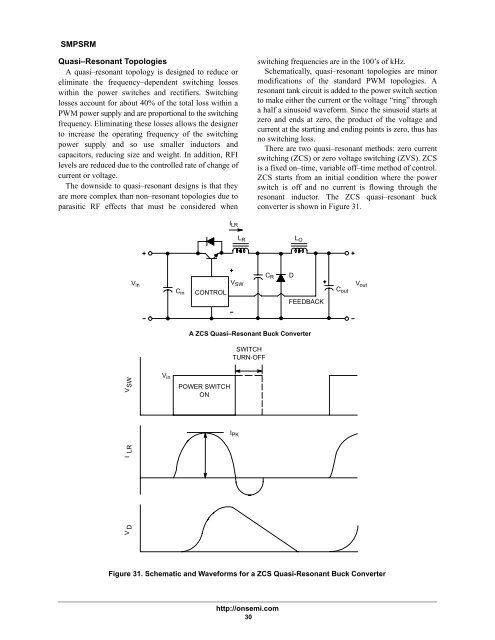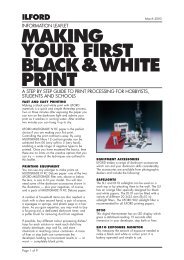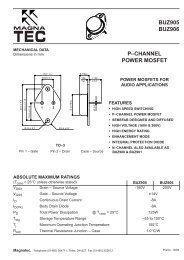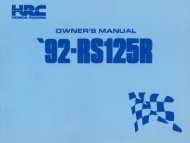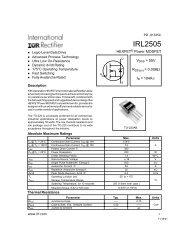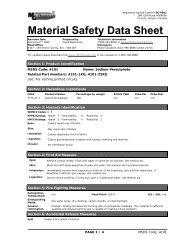SWITCHMODE⢠Power Supply Reference Manual
SWITCHMODE⢠Power Supply Reference Manual
SWITCHMODE⢠Power Supply Reference Manual
Create successful ePaper yourself
Turn your PDF publications into a flip-book with our unique Google optimized e-Paper software.
SMPSRMQuasi–Resonant TopologiesA quasi–resonant topology is designed to reduce oreliminate the frequency–dependent switching losseswithin the power switches and rectifiers. Switchinglosses account for about 40% of the total loss within aPWM power supply and are proportional to the switchingfrequency. Eliminating these losses allows the designerto increase the operating frequency of the switchingpower supply and so use smaller inductors andcapacitors, reducing size and weight. In addition, RFIlevels are reduced due to the controlled rate of change ofcurrent or voltage.The downside to quasi–resonant designs is that theyare more complex than non–resonant topologies due toparasitic RF effects that must be considered whenswitching frequencies are in the 100’s of kHz.Schematically, quasi–resonant topologies are minormodifications of the standard PWM topologies. Aresonant tank circuit is added to the power switch sectionto make either the current or the voltage “ring” througha half a sinusoid waveform. Since the sinusoid starts atzero and ends at zero, the product of the voltage andcurrent at the starting and ending points is zero, thus hasno switching loss.There are two quasi–resonant methods: zero currentswitching (ZCS) or zero voltage switching (ZVS). ZCSis a fixed on–time, variable off–time method of control.ZCS starts from an initial condition where the powerswitch is off and no current is flowing through theresonant inductor. The ZCS quasi–resonant buckconverter is shown in Figure 31.I LRL RL OC RV in V SWC in CONTROLDFEEDBACKC outV outA ZCS Quasi–Resonant Buck ConverterSWITCHTURN-OFFV SWV inPOWER SWITCHONI PKV DI LRFigure 31. Schematic and Waveforms for a ZCS Quasi-Resonant Buck Converterhttp://onsemi.com30


